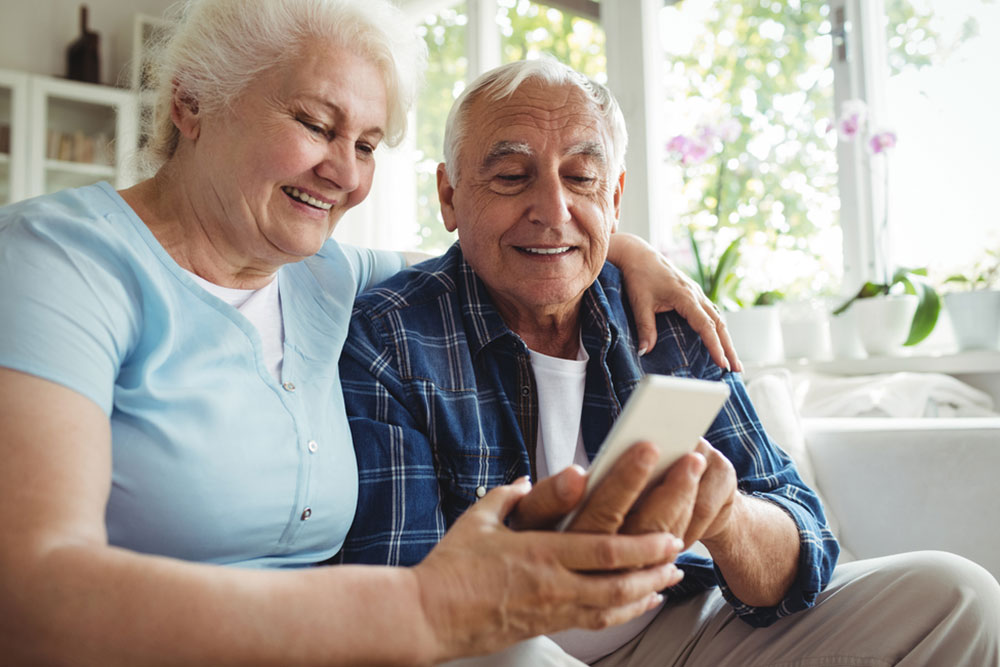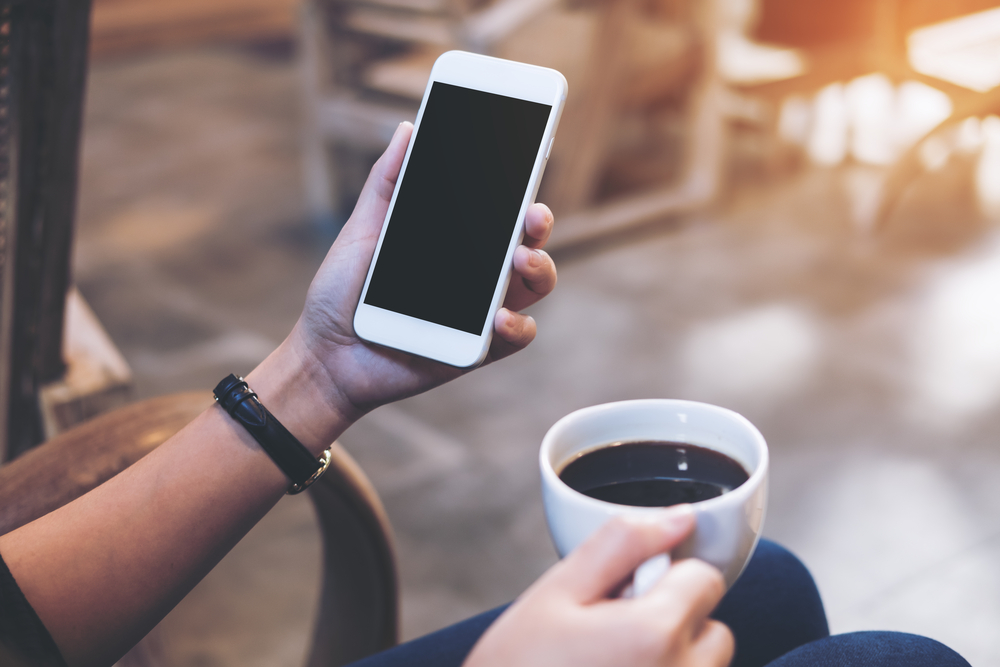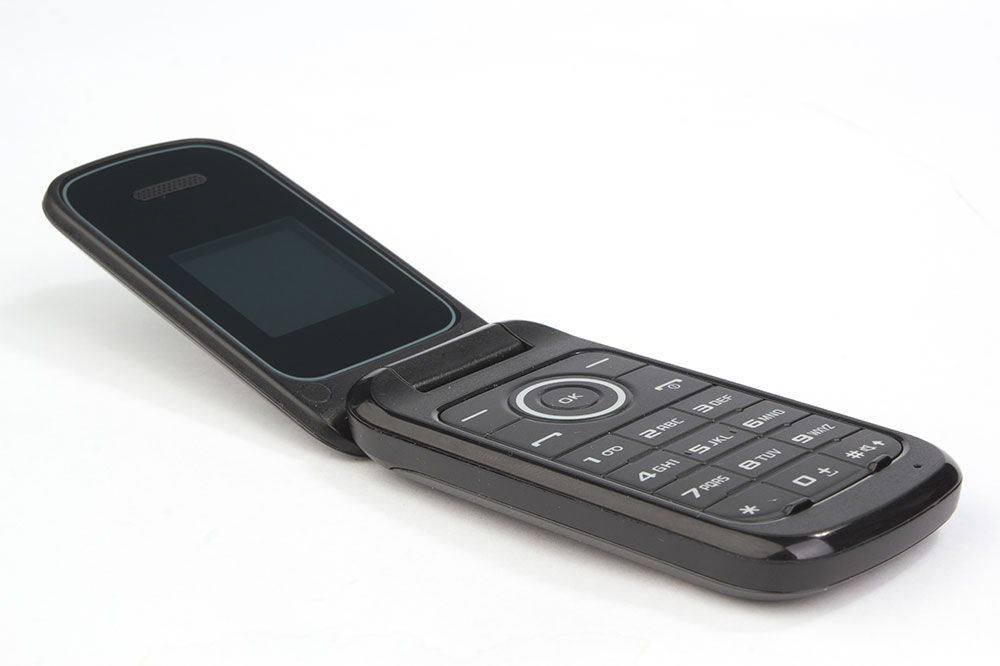Comprehensive Guide for Seniors to Obtain Free Cell Phones
This comprehensive guide helps senior citizens understand how to qualify for free cell phones, covering eligibility, application steps, and device selection. It emphasizes the importance of staying connected for safety and social engagement, highlighting major providers offering assistance programs tailored for seniors. The article provides detailed insights into the qualification criteria, necessary documents, and features of senior-friendly devices, ensuring older adults can make informed decisions to maintain effective communication and safety in their daily lives.

How Senior Citizens Can Qualify for and Access Free Cell Phones
In today’s digital world, staying connected is more important than ever, especially for senior citizens who may rely on mobile devices for emergencies, maintaining social contacts, and accessing essential services. Fortunately, several government-assisted programs and private providers offer free or low-cost cell phones specifically designed to meet the needs of seniors. Understanding how to qualify for these programs, the application process, and the features of suitable devices can significantly enhance a senior's safety and communication capabilities.
Eligibility Criteria for Free Cell Phones for Seniors
The first step for seniors interested in obtaining free cell phones involves understanding the eligibility requirements. Most assistance programs primarily target low-income individuals and families enrolled in specific support programs. Common qualifying criteria include participation in federal or state assistance programs such as Medicaid, Supplemental Nutrition Assistance Program (SNAP), Housing Assistance, or Temporary Assistance for Needy Families (TANF).
To qualify, applicants generally need to provide proof of income, residency, and participation in qualifying programs. Income thresholds are often set based on Federal Poverty Guidelines, which vary annually. Documentation such as pay stubs, benefit award letters, or official assistance program enrollment confirmations are usually required during the application process.
Major Providers Offering Free or Affordable Cell Phones for Seniors
Several reputable telecommunications providers participate in federal assistance initiatives to provide free or subsidized phones to eligible seniors. These programs are often part of the Lifeline Assistance Program, federally funded to bridge the digital divide. The most prominent providers include:
Assurance Wireless
SafeLink Wireless
Reachout Wireless
Each provider offers plans tailored to meet the needs of seniors, focusing on simplicity, reliability, and essential features. Visiting the official websites of these companies provides detailed information on available plans, device options, and application procedures. It's crucial to compare the offerings to choose a plan that best fits your communication needs.
Application Process and Necessary Documents
The application process for free or discounted cell phones is straightforward but requires attention to detail. Applicants can typically apply online through the provider’s official website, via mail, or in person at designated community assistance centers. To complete a successful application, applicants must provide:
Proof of participation in qualifying assistance programs (e.g., Medicaid card, welfare benefits)
Proof of income (pay stubs, benefits award letter)
Proof of residency within the service area
Once the application is reviewed and approved, the provider ships the device or arranges for pickup. Approval times vary, but most applications are processed within a few weeks.
Choosing the Right Device for Seniors
Many free or low-cost phones designed for seniors prioritize ease of use, safety, and essential communication features. When selecting a device, consider models with large buttons, a clear display, and minimal complexity. Devices pre-programmed with emergency contacts and health services contacts are highly recommended. Features such as backlit screens, hearing aid compatibility, and speech-to-text functionality can enhance usability.
Additional Services and Cost Management
Even after securing a free device, seniors may opt for top-up plans to increase talk time and data availability. These optional additions are usually minimal in cost but provide valuable flexibility. Features like voicemail, caller ID, call waiting, and free call forwarding are typically included to improve communication efficiency. Some providers also offer device protection plans and customer support services tailored for seniors.
Enhancing Safety and Connectivity for Seniors
Beyond just providing a device, these programs aim to improve seniors’ safety by enabling quick access to emergency services. Many phones come with pre-installed emergency contacts or emergency response features, such as dedicated press buttons to call loved ones or emergency responders. Educating seniors on how to use these features is essential to ensure they can respond effectively in urgent situations.
Conclusion: Stay Connected, Stay Safe
Accessing free cell phones for seniors is a valuable resource that enhances independence, safety, and social engagement. By meeting eligibility requirements and following the application procedures, seniors can obtain reliable devices that keep them connected to their loved ones and vital services. It’s advisable to explore various provider options, evaluate device features, and plan for ongoing expenses to ensure continuous connectivity. In an era where digital communication is integral, ensuring that seniors have access to user-friendly technology is a critical step toward fostering inclusive and supportive communities.





